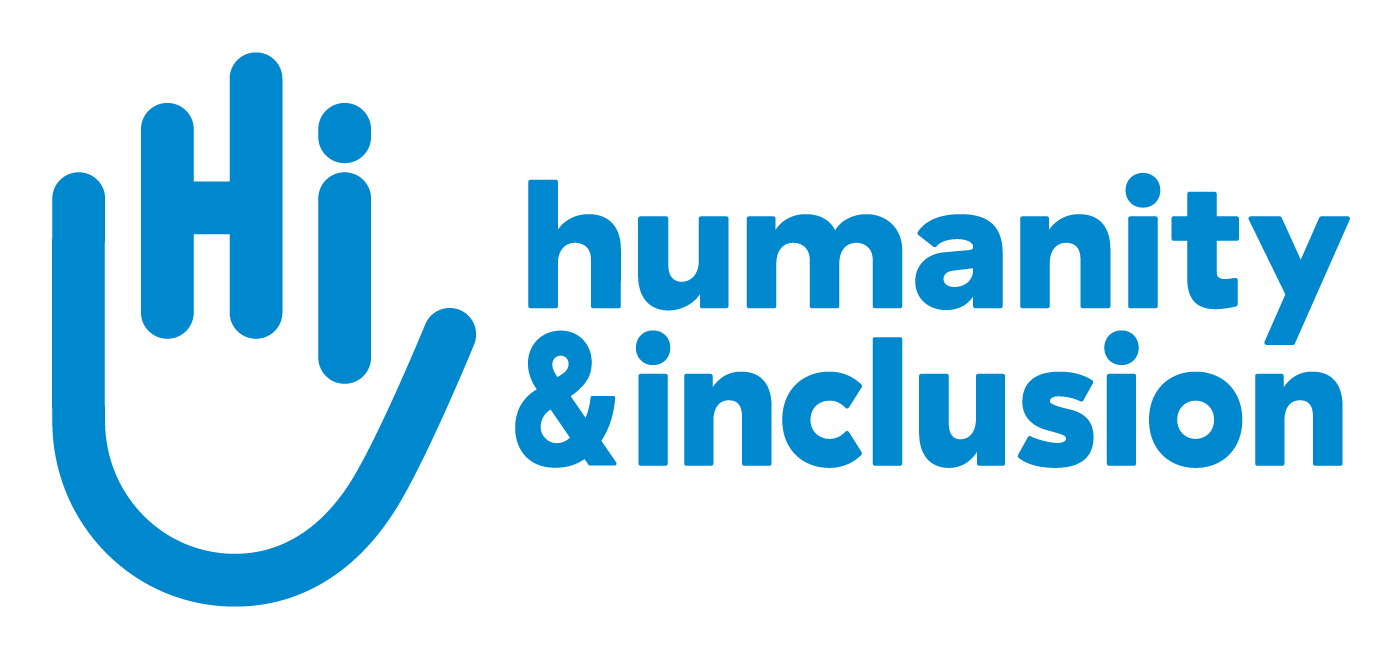Nyo Nyo Taw and Way Kyi are part of HI’s emergency team that was among the first NGOs to arrive in Mandalay, the country's second-largest city, which was devastated by the earthquake. One week since the tragic disaster, they recount their journey, the desolate situation on the ground, and the most urgent needs of the earthquake victims.
Despite the HI emergency team's anticipation of the state of the roads, the journey to Mandalay proved to be a trying one: 12 and a half hours on the road, between dilapidated highways and destroyed infrastructure. Forced to alternate between the old and new routes, they saw alarming destruction on the pavement.
"We had to use the old road, because the new one has been particularly damaged by the earthquake," said Nyo Nyo Taw.
On arrival, a city in ruins
Late in the evening, Mandalay reveals itself... and it's desolation. In the township of Amarapura, near Sagaing, 90% of the buildings had collapsed.
"The smell of bodies buried under the rubble was always present, we could smell the bodies everywhere in the town", Way Kyi explains.
On the way to the hotel, the roads were so damaged that they had no choice but to stop in the street, where they saw a funeral ceremony. It was a moment that left a deep impression on them and brought home the reality of the disaster.
"During the first night, there was an aftershock of 4.7 level, we didn't feel safe anymore, so we decided to find another shelter," says Nyo Nyo Taw.
Mandalay is facing an unprecedented crisis
In the Mandalay region, thousands of families are now sleeping outdoors, fleeing the threat of aftershocks. "They are staying outside, away from the buildings," Way Kyi explains.
According to our teams, the infrastructure is in a critical state. Cracks make some buildings extremely dangerous. The daily aftershocks are keeping the population in a state of anxiety. Some hotels are moving their receptions outside, fearing further collapses.
Mandalay is facing an unprecedented crisis. The lack of preparation and resources, combined with the constant fear of aftershocks, is plunging the population into deep distress.
“The situation requires a re-intensification of relief efforts to prevent the death toll from this disaster from getting any worse,” warns Way Kyi.
Health services, already fragile, are now overwhelmed. Hospitals are short of medical supplies, beds and, above all, nursing staff. The injured are pouring in, but essential equipment - crutches, walking frames, wheelchairs - is lacking, making it difficult to care for the survivors.
HI's emergency response
From the first hours after the earthquake, HI launched a rapid needs assessment in order to organize a strategic response.
A stockpile of aid relief materials has been prepared and sent to the affected areas.
The supply of emergency kits dedicated to supporting survivors based in Mandalay has also begun. These kits include tents, sleeping mats, inflatable pillows, blankets, hydro-alcoholic gel, gloves, and survival essentials for extreme weather conditions.
HI is also supporting Mandalay’s general hospital and an organization of people with disabilities. HI physical therapists have started to provide initial rehabilitation care, and a team of psychologists is working to meet the huge need for psychological support that has been identified by HI's local partners.
Continuing challenges
Relief operations are facing a number of major challenges: communications disruptions, difficulty accessing drinking water, and power cuts are hampering humanitarian efforts.
The heavy rain of the last two days also complicated the work of the emergency services.
Despite these obstacles, HI remains committed to providing essential aid to the survivors of the earthquake, and we are continuing our efforts to alleviate the suffering of the affected population.




